|
Flying Machines 1/48 Fiat G.50 Serie II Freccia (Arrow) by Jean Barby 
|
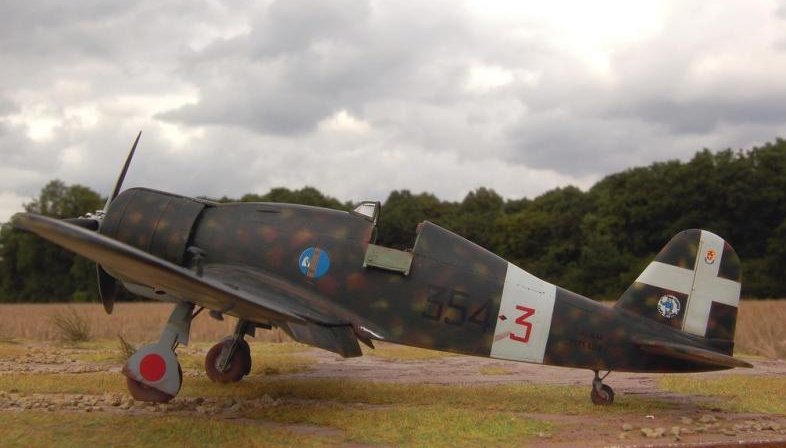
|
|
|

Click the STORMO! Eagle to return to the Gallery |
|
I suppose that most of the people surfing Stormo have a certain knowledge of this atypical fighter of the Regia Aeronautica.
Even with lesser performance than its Italian stable mates, it was a "first" in many regards, including retractable undercarriage,
enclosed canopy (on the Serie I). Flying Machines provides the modeler with a new range of G.50, advantageously replacing the not so good
Hasegawa/Secter kit. It includes typical short-run molding, plus great resin parts and photoetch for the long neglected Italian seat belts.
I invite you to follow the step by step the assembly of this model with photos to illustrate what I did to obtain a better replica than one
built from out-of-the-box. Unit History: 354a, 355a Squadriglie, 21o Gruppo CT, 51o Stormo 356 Sq became Autonomo on 3 June 1940, but rejoined the Gruppo on 4 August. On 13 June CR.32s were detached to Guidonia as a night-fighter section. The Gruppo transferred from 51o to 52o Stormo on 11 September. 354a and 355a Sq became Autonomo and moved to the Greek-Albanian front on 28 October. Three CR.32qtr night-fighters were assigned to 356a Sq on 7 November, to add to its G.50s. December, however, the unit was training on seventeen new MC 200s, as well as a few G.50s. 382a and 386a Sq now joined 356 Sq. In April they moved to Bari for operations in Yugoslav campaign. They may have been on convoy escort duties between Tunisia Sardinia in August. While preparing for anti-partisan operations they received orders to transfer for the Russian front. Between March and July 1942 the unit personnel moved to Stalino, replacing 22o Gruppo as the fighter component of the USSR Expeditionary Force. It received that unit's surviving aircraft in addition to ten new C.200s it had brought with it. In early June 361a Sq arrived from the Aegean. On 27 June two squadriglie were detached to Borvenkovo to cover the crossing of the river Don at Izyum, carrying out fighter sweeps and ground strafing. Using Voroscilovgrad as main base, squadriglie were detached where needed most. Two went to Tazinskaja as esorts to German Ju.87D from 24 July and two then went Obliskaja four days later. In August two were on intercept duties at Millerovo a one was at Kantamirovka until 18 December, when it moved to Starobelsk. It was on 12 December that Tenente Walter Benedetti led seven C.200s of 361a Sq from Kantamirovka to attack Russian troops attempting to surround units of the Italian 8th Army, which were defending the approach to Stalingrad. It seems that the officer was downed by anti-aircraft fire. Reunited back at Voroscilovgrad by the end of December, the last operation was carried out on 17 January 1943 over the Millerovo area. Five days later the unit retired to Stalino, ready for the return journey home. Fifteen unserviceable aircraft were left behind. During September it had received twelve C.202s, and later two photo-recon versions arrived. Bad weather hindered operations and the C.202s only managed 17 sorties with no losses or claims. The C.200s claimed 88 USSR planes for the loss of the fifteen write-offs. In February, at Odessa, the unit had twenty-four C.200s and nine C.202s left. Fully equipping with C.202 Serie VIII machines on returning home, the unti was sent to Sicily after two months in training. 382a Sq left the Gruppo at this time. By August the Gruppo was back in Italy with a few serviceable aircraft left.[2] References [1] Waldis P., M. de Bortoli and A. Brioschi, "Ali e Colori 3, Fiat G.50", La Bancarella Aeronautica, Torino 2000 [2] Dunning, C., "Courage Alone: Italian Airforce 1940-43", Hikoki Publications, 2009
|
Aircraft: Fiat G.50 Manufacturer: Fiat S.A. Type: Fighter Year: 1939 Engine: Fiat A.74 RC 38, 14-cyclinder radial, air-cooled, 870hp Wingspan: 36 ft (10.98 m) Length: 25 ft 7 in (7.80 m) Height: 9 ft 8 1/2 in (2.95 m) Weight: 5,280 lb (2,395 kg) (Loaded) Maximum Speed: 294 mph (473 km/h) at 19,685 ft (6,000 m) Ceiling: 35,200 ft (10,700 m) Range: 420 miles (675 km) Armament: 2 x 12.7mm (0.5 in) SAFAT machine guns Crew: 1 |
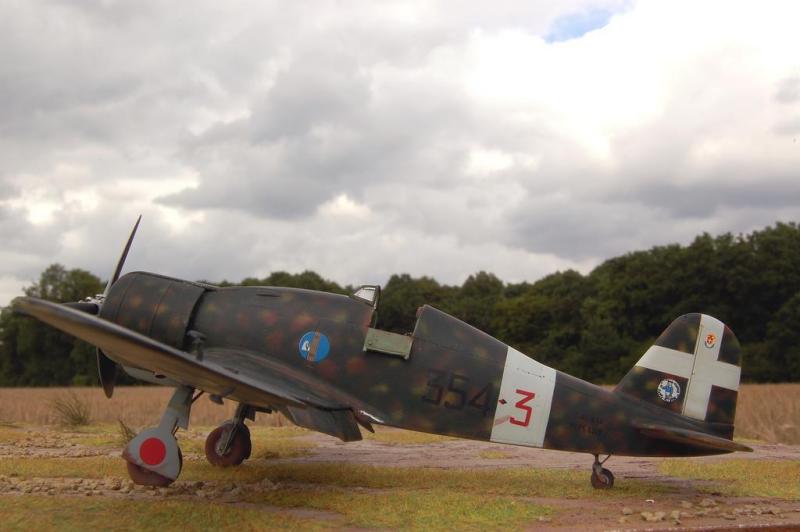
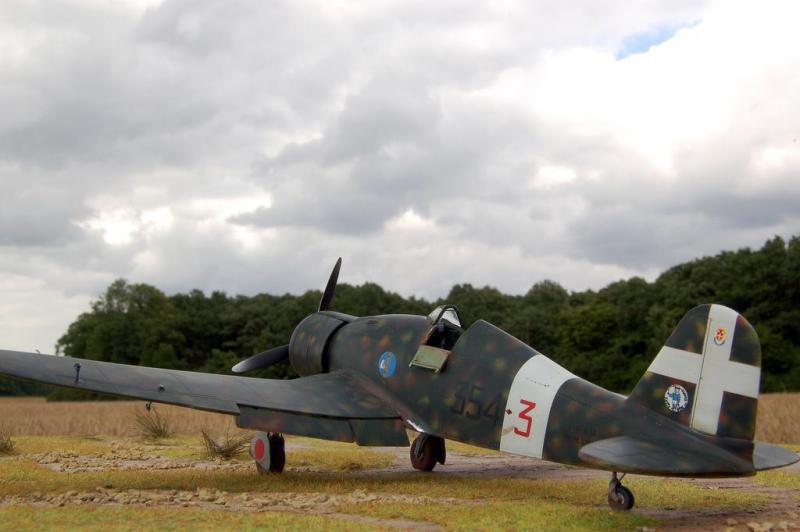



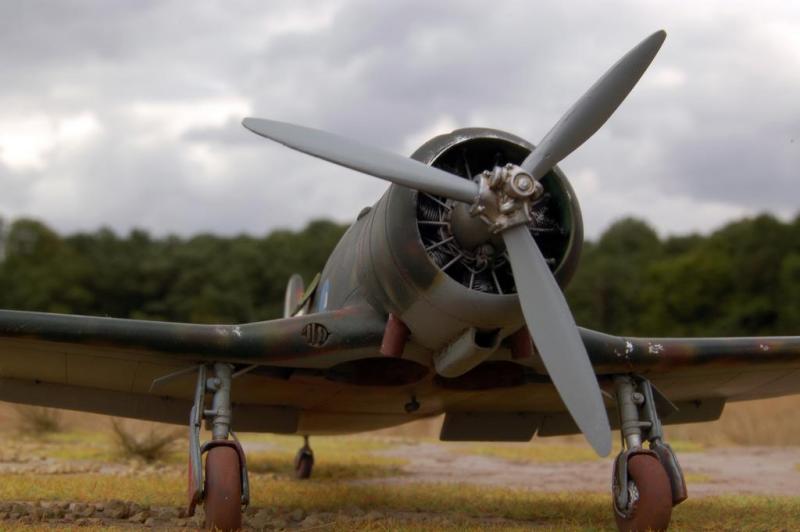
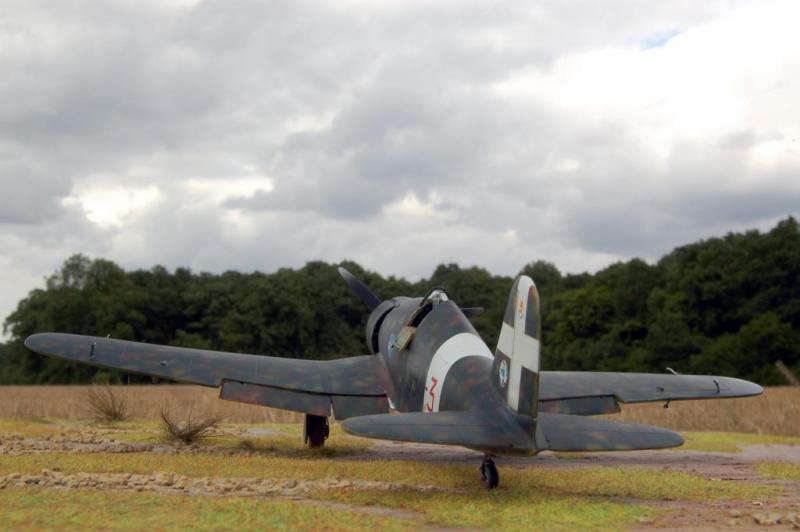
|
|
|
|
|
|


|
|

|
|
|





|

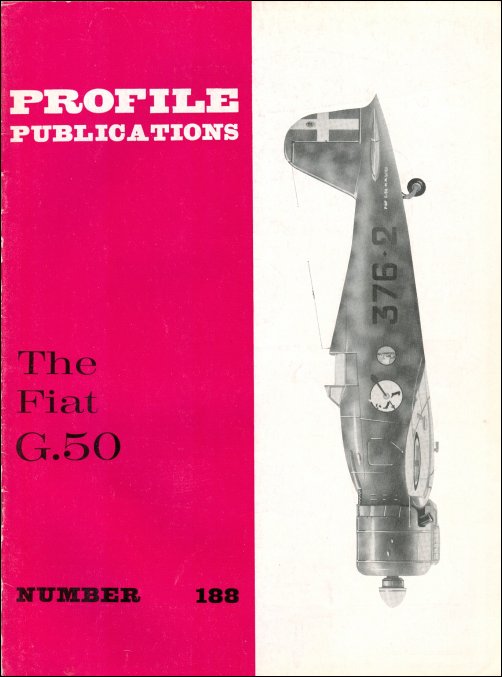


|
|
|
|
January, 2008 STORMO! © 2008 |